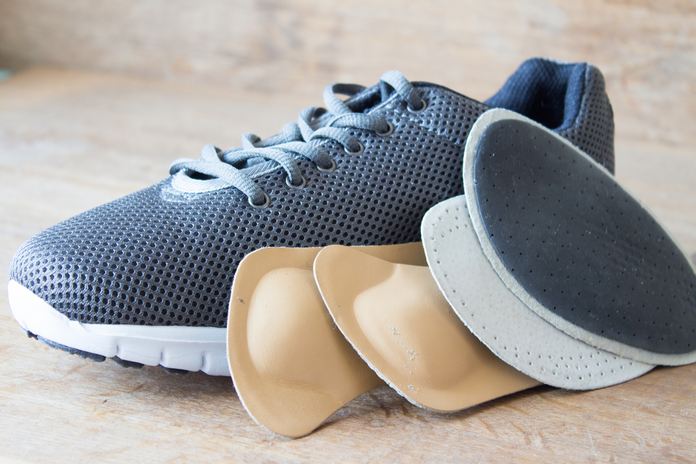Medical Treatment For Shin Splints

Shin splints refer to the pain located at the front of the lower leg. It is usually triggered by overuse injuries in your lower leg and is typically found in athletes and people who are used to running and walking long distances. It can also happen if you recently changed your physical activity levels.
In some cases, shin splints can be triggered by more severe conditions, such as stress fractures or chronic exertional compartment syndrome. Thus, treating shin splints sometimes includes other procedures, recommendations, and medications. They include:
- Supportive shoes: You may be advised to wear supportive shoes to relieve pressure on your foot and ankle. These can help prevent future shin splints by helping to keep your foot properly aligned. Supportive shoes refer to any type of shoe that provides a stable base for the foot. For example, wearing athletic shoes to walk, run, or jog instead of formal shoes. Wearing the right kind of shoe is an essential factor in preventing shin splints.
- Orthotics and orthopedic shoes: They are soft cushions worn under your shoe to support your foot’s arch and relieve pressure on your foot and ankle. In some cases, and depending on your foot problems, you may require orthopedic shoes to solve your foot and shin problems. They are shoes specially designed to fit your feet in a more severe condition, such as a flat foot.
- Fasciotomy: This surgical procedure relieves the pressure that builds dangerously in case of chronic exertional compartment syndrome. It is only used when conservative measures are not enough to solve the problem, and the pressure levels reach alarming readings.
Returning to your normal activities should be done when your doctor tells you, especially if you are planning to return to physical activity. In most cases, return to exercise is recommended when you have at least two weeks without feeling any pain in your shin.
